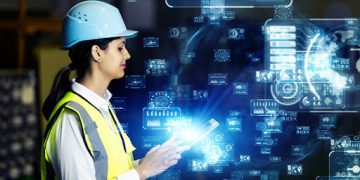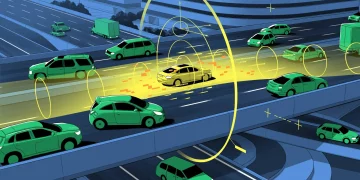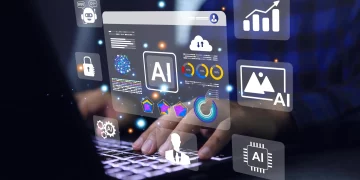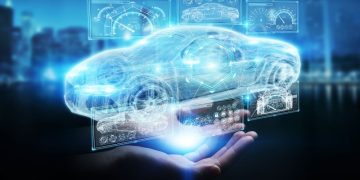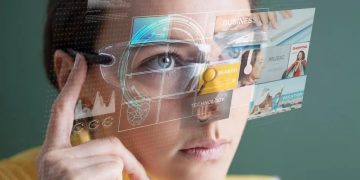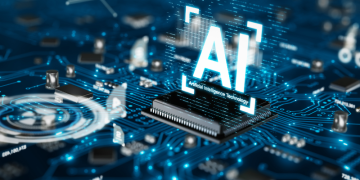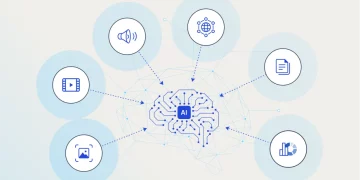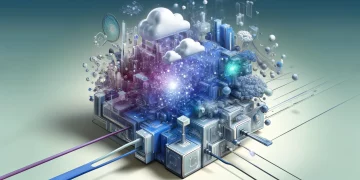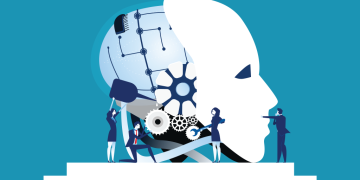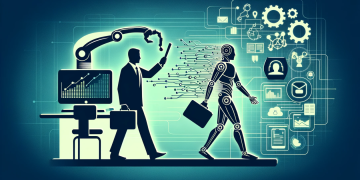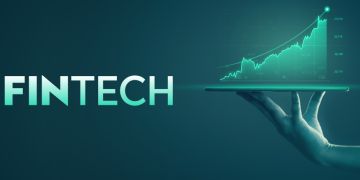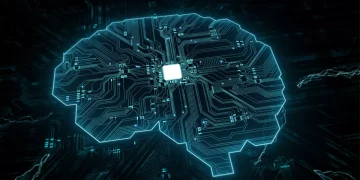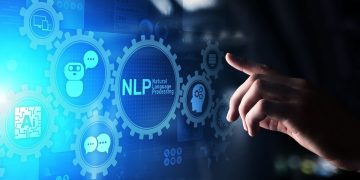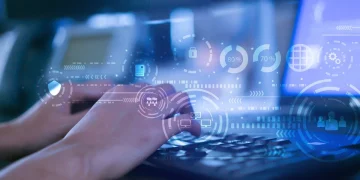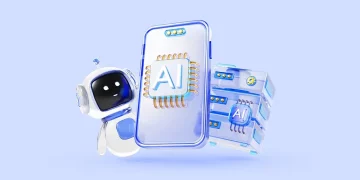Introduction
Artificial Intelligence (AI) is undeniably one of the most revolutionary technologies of our time. Its ability to automate complex tasks, learn from data, and solve problems that were once thought to be unsolvable is creating unprecedented opportunities across industries. However, along with these opportunities come significant risks. Experts around the world are raising alarms about the potential downsides of AI, ranging from ethical concerns to job displacement, and even existential threats.
How can we, as a global society, ensure that we harness the power of AI while minimizing its risks? This article delves into the warnings issued by AI experts, outlines the potential dangers associated with AI development, and discusses the opportunities that AI presents if handled responsibly. Most importantly, we explore how we can strike a balance—using AI for the greater good while addressing its dangers head-on.
1. The Dual Nature of AI: A Power for Good or Harm?
The Promise of AI
AI has already demonstrated immense potential to drive positive change:
- Healthcare Advancements: AI can identify early-stage cancers, optimize drug discovery, and even develop personalized treatment plans.
- Environmental Sustainability: AI models help predict climate change, optimize energy usage, and find solutions to environmental problems.
- Improving Access to Education: AI-powered tools can offer personalized learning experiences, breaking down geographical and financial barriers.
The Problem: Despite these advances, AI’s rapid development has created an urgent need for safeguards. If not managed responsibly, AI technologies could lead to unintended consequences that exacerbate social inequalities, undermine personal privacy, and even pose security risks.
Expert Warning:
Dr. Timnit Gebru, AI Ethics Researcher:
“The power of AI is not inherently good or bad. It is the application and the system it is part of that determines its impact on society.”
2. Potential Risks of AI Development
Experts warn that while AI offers transformative benefits, its unchecked advancement could lead to several critical risks.
2.1. Bias and Discrimination in AI
AI systems learn from data, but if that data is biased, the AI models will reflect those biases. This could result in AI systems that discriminate against marginalized groups, perpetuating systemic inequalities in areas like hiring, law enforcement, and lending.
- Example: A facial recognition system trained on mostly white faces will perform poorly on people of color, leading to higher error rates.
Solution: Experts advocate for diverse datasets, algorithmic transparency, and accountability measures to mitigate bias. Continuous auditing and regular model retraining are crucial to address this issue.
2.2. Privacy Violations and Data Security
AI systems often require vast amounts of data to function effectively. This data can include personal information, health records, and behavioral patterns. If not properly managed, this data could be exposed, misused, or exploited by malicious actors.
- Example: AI-powered surveillance systems could infringe on personal privacy, especially in authoritarian regimes.
Solution: Strong data protection regulations and privacy-preserving AI techniques, such as federated learning and differential privacy, are essential to ensure that AI systems respect individuals’ rights and maintain security.
2.3. Job Displacement and Economic Inequality
Automation through AI is already reshaping industries, and while it offers greater efficiency, it also poses a threat to jobs, particularly in sectors like manufacturing, transportation, and customer service.
- Example: Autonomous vehicles could replace millions of truck drivers, while AI chatbots might replace customer service agents.
Solution: AI-driven upskilling programs, universal basic income (UBI) experiments, and collaborative frameworks between governments, companies, and workers can ensure that displaced workers are supported and transitioned into new roles.
2.4. Security Risks and Autonomous Weapons
As AI systems become more autonomous, the potential for AI-driven weapons and military systems becomes a dangerous reality. Autonomous drones, cyber-attacks powered by AI, and AI-based espionage tools could destabilize global security.
- Example: An autonomous drone misidentifying targets could escalate conflicts, or AI-powered cyber-attacks could cripple critical infrastructure.
Solution: Experts call for international agreements and AI safety protocols to regulate autonomous weapons and ensure that AI is used for peaceful purposes. There must also be stringent security frameworks to prevent AI from being weaponized or manipulated by bad actors.

3. Seizing Opportunities in AI: Where Should We Focus?
While risks abound, the opportunities AI presents for humanity are immense. If harnessed properly, AI could fundamentally improve quality of life, drive economic growth, and solve complex global challenges.
3.1. AI for Social Good
AI has the potential to drive significant social change, especially in areas like healthcare, education, and poverty alleviation.
- Healthcare: AI can help democratize healthcare by enabling remote diagnostics, personalized medicine, and early disease detection.
- Education: AI can provide personalized tutoring, support teachers, and bridge the gap in educational access globally.
- Disaster Relief: AI models can predict natural disasters, optimize evacuation routes, and coordinate humanitarian aid.
3.2. AI for Sustainability and the Environment
AI can play a central role in addressing climate change, managing natural resources more efficiently, and promoting sustainability.
- Energy Efficiency: AI can optimize energy consumption in buildings, cities, and factories, reducing carbon footprints.
- Climate Change: AI models can predict climate patterns, helping governments and organizations plan and act more effectively.
- Wildlife Conservation: AI-powered drones and cameras can track endangered species, monitor poaching activities, and protect biodiversity.
3.3. Collaboration with Humans, Not Replacement
AI should be viewed as a tool for augmentation, not replacement. Experts emphasize that AI can collaborate with humans to enhance creativity, decision-making, and problem-solving.
- AI in Creative Industries: AI can assist artists, musicians, and writers by providing inspiration, automating mundane tasks, and enhancing creative output.
- AI in Decision-Making: AI can analyze vast amounts of data to support complex decision-making processes in fields like healthcare, finance, and law.
3.4. Responsible AI Development: The Ethical Imperative
To fully realize AI’s benefits while mitigating its risks, responsible AI development is non-negotiable. Experts recommend the following:
- Ethical Guidelines: Adhering to ethical principles such as fairness, transparency, accountability, and respect for human rights.
- Global Collaboration: Governments, corporations, academia, and civil society must work together to develop international frameworks for AI governance.
- Inclusive AI: Ensuring that AI development is inclusive, with diverse teams working on AI solutions that cater to the needs of all people, regardless of race, gender, or socioeconomic status.
4. Conclusion: Striking the Right Balance
AI is a double-edged sword: a technology of immense potential, but also of immense responsibility. The risks are real, and if not carefully managed, they could lead to unintended consequences that affect our privacy, jobs, security, and social fabric. However, the opportunities that AI offers are equally powerful—transforming healthcare, education, sustainability, and more.
The key to success lies in proactive governance: a commitment to developing AI responsibly, ensuring that ethical standards are upheld, and mitigating risks through collaboration and regulation. As we move toward a future where AI becomes increasingly ubiquitous, it’s up to all of us—governments, businesses, and individuals—to navigate this landscape carefully, ensuring that we leverage AI for the greater good while avoiding its potential harms.
If done right, AI can be a force for good—empowering humanity to solve some of the world’s most pressing challenges while ensuring a fairer, more equitable future for all.

